News from Around the World
Low-Resource Countries, High-Tech Instruction
Global Partnership Nourishes Research
Shared Magnetism
When a medical center halfway around the globe reached out to The Johns Hopkins Hospital for assistance pursuing Magnet status, the Baltimore nursing team responded.
 “Sharing our practices, successes, and innovations with nurses from the American University of Beirut Medical Center (AUBMC) is an example of the mentoring we have done to support others who are pursuing Magnet recognition,” said Patricia Dawson, MSN, RN, coordinator for Magnet and quality outcomes in central nursing administration at The Johns Hopkins Hospital.
“Sharing our practices, successes, and innovations with nurses from the American University of Beirut Medical Center (AUBMC) is an example of the mentoring we have done to support others who are pursuing Magnet recognition,” said Patricia Dawson, MSN, RN, coordinator for Magnet and quality outcomes in central nursing administration at The Johns Hopkins Hospital.
Gladys Mouro, PhD(H), MSN, RN, the assistant hospital director for patient care services at AUBMC, spearheaded the Magnet effort at the Beirut facility as a means to raise the quality bar at her institution. Many nurses from the Beirut hospital, including Mouro, traveled to Baltimore to discover ways to improve their outcomes and involve their staff in making decisions about standards of practice, quality, and professional development.
“The decision to apply for Magnet status in 2003 marked the culmination of a long process to rebuild nursing services at the hospital after the 15-year Lebanese civil war,” Mouro said. Experiencing a Magnet environment at Hopkins made her “more persistent to achieve this dream.”
AUBMC is the first health care institution in the Middle East and the third in the world, outside of the United States, to receive the designation.
-Debra Wood, RN
Trading the urban landscape and blue crabs of Baltimore for the lush green of rice paddies in rainy season and the sweet-sour-spicy tang of Pad Thai and Kao Soi, PhD student Rachel Klimmek ’07 traveled to Chiang Mai, Thailand this summer for a cross-cultural exchange on doctoral nursing education.
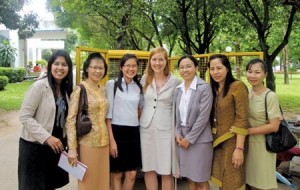
“The whole trip was an unforgettable experience,” said Klimmek, who met with 11 doctoral students and faculty from the Chiang Mai University (CMU) School of Nursing to exchange knowledge about PhD programs in each other’s countries.
Klimmek was also able to visit several of the hospitals where CMU doctoral students were working and conducting their own research. “There was over-whelming evidence of the tremendous role that holistic care for patients, as well as self, play in Thai health care and nursing practice,” said Klimmek, noting that all four hospitals she visited had massage facilities for patients and staff.
A CMU doctoral student, who was also a senior nurse administrator at one of the hospitals, explained that patients have massages built into their treatment plans. The student herself gets a back and shoulder massage at the facility in her hospital at least twice a week, and, according to Klimmek, there was consensus among the Thai doctoral nursing students that massage and other types of self-care are considered crucial to primary preventive care. Nurses also used these massages to manage their own job stress and help prevent burnout.
Said Klimmek, “I think there is much we can do to learn from each other and support each other’s work as members of a global nursing community. If there’s one thing I learned in Thailand, it’s the importance of international and cross-cultural exchanges, such as this one, for the creation and dissemination of nursing knowledge.”
-Rachel Klimmek ’07 and Kelly Brooks-Staub
Low-Resource Countries, High-Tech Instruction
Cervical cancer mortality rates are seven times greater in Latin America and the Caribbean than in North America, posing a serious health risk for the economically disadvantaged women in that region. Kitty Poon, MSN ’09, RN, ANP-BC, is changing the odds for women in Spanish-speaking countries.
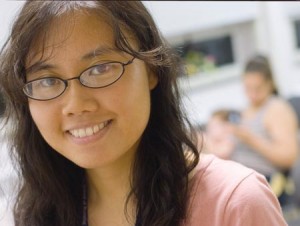
Many low-resource countries lack laboratory capabilities to perform Pap smears, which are credited with decreasing invasive cervical cancer rates in the United States. So Poon has produced a free education module, targeted at midwives and other providers, to teach them about an alternate cervical cancer screening method: visual inspection with acetic acid (VIA). It offers the advantage of immediate results, requires no laboratory studies, and has been shown to reduce mortality rates.
“I want to get the word out about this screening method,” said Poon, adding that she has already heard from a midwife who used VIA as a screening tool in Honduras with the Migrant Clinicians Network, called the module beneficial, and forwarded it to colleagues to use as a teaching tool.
The more than 1,800 members of the Global Alliance for Nursing and Midwifery (GANM) Community of Practice, developed by the Johns Hopkins University School of Nursing in collaboration with the World Health Organization, can download the module using low-bandwidth technology. The global learning community intrigued Poon, who seized the opportunity to create a Spanish-language module.
“I became a nurse because I wanted to do work that would impact not only the academic world, but the world beyond that,” Poon said. “As a nurse, I always hope to make a difference in the lives of others.”
Learn more about Poon’s module at www.nursing.jhu.edu/poon.
-Debra Wood, RN
Global Partnership Nourishes Research
“International collaboration between developing and developed countries is very important for doctoral nursing education,” said Xiaokun Liang, PhD, RN. And she should know: In 2008, she was among the first group of graduates to receive a PhD in nursing from a Chinese University, thanks to a doctoral program partnership between the Johns Hopkins University and Peking Union Medical College.
Conducting her dissertation research in 2007 and 2008, Liang tested a nutritional screening tool to compare the nutritional status of hospitalized patients in the U.S. and China.
“I had no prior example of how to conduct a multidisciplinary study in different countries,” said Liang, who faced the challenges of studying 1,900 medical-surgical patients in teaching hospitals on two continents, obtaining IRB approval from two institutions in two countries, conducting patient surveys and interviews in two languages, and consulting with an expert from a third country on a nutritional screening method.
Funded by The China Medical Board, Inc. of New York, the program provides students with a primary mentor at PUMC and a co-mentor at Hopkins to help them navigate the challenges of scholarship and research in each country.
“This collaborative doctoral nursing education program has taught me valuable skills–how to work within an international interdisciplinary research team; how to conduct clinical research in multiple country sites; how to work with human subjects; and how to write and publish a scientific paper,” said Liang. “I’m now confident in doing research that will move nursing and healthcare forward.”
-Kelly Brooks-Staub
 Global Service Learning: Guatemala
Global Service Learning: Guatemala From Baltimore to Vellore, India: Global Support for Nurses Struggling with COVID-Related Mental Health
From Baltimore to Vellore, India: Global Support for Nurses Struggling with COVID-Related Mental Health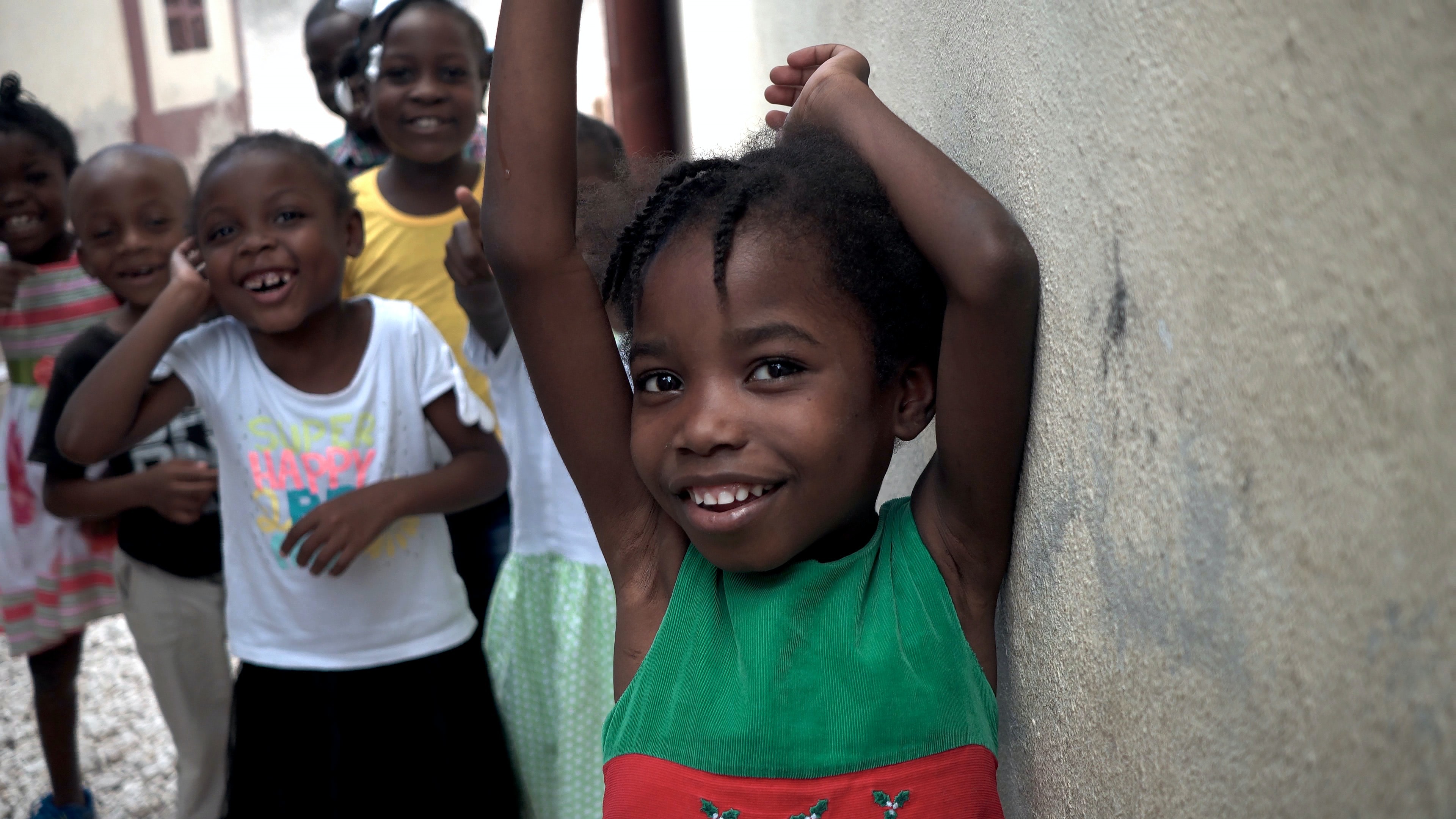 7 Steps to Ensure Quality Global Health Missions
7 Steps to Ensure Quality Global Health Missions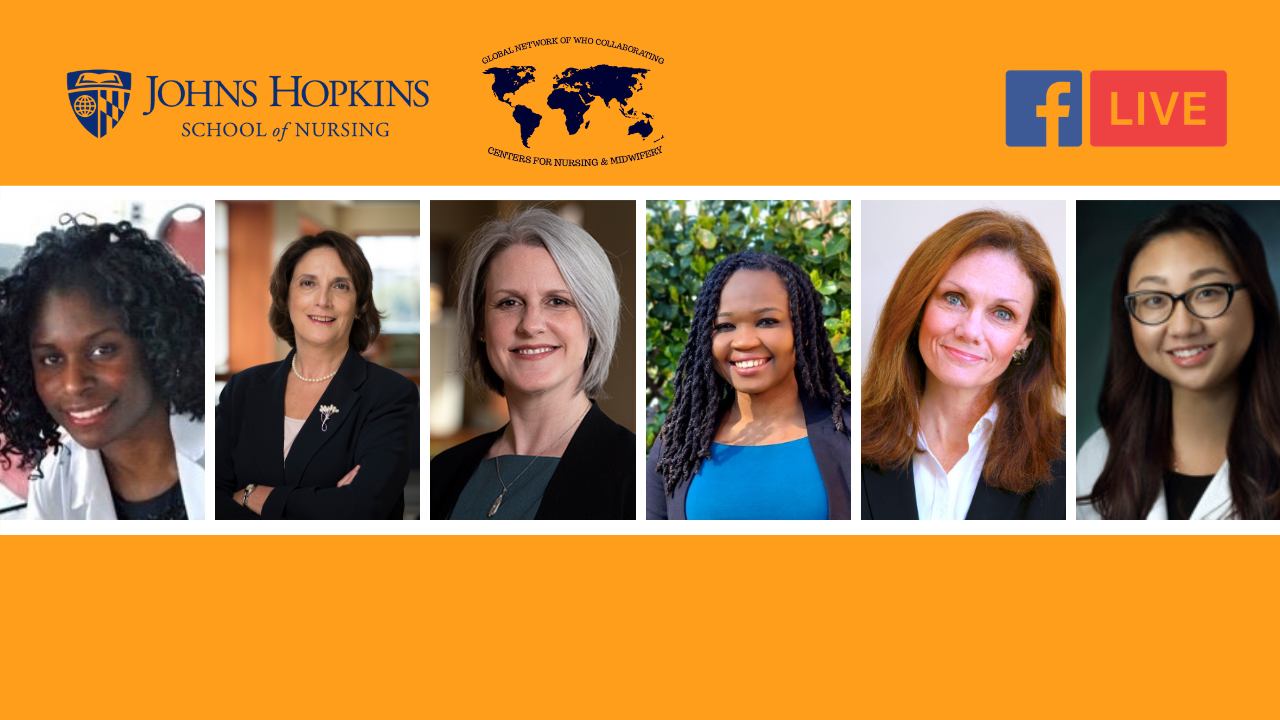 On The Pulse: COVID Vaccine Equity, Reaching Underserved Communities Locally & Globally
On The Pulse: COVID Vaccine Equity, Reaching Underserved Communities Locally & Globally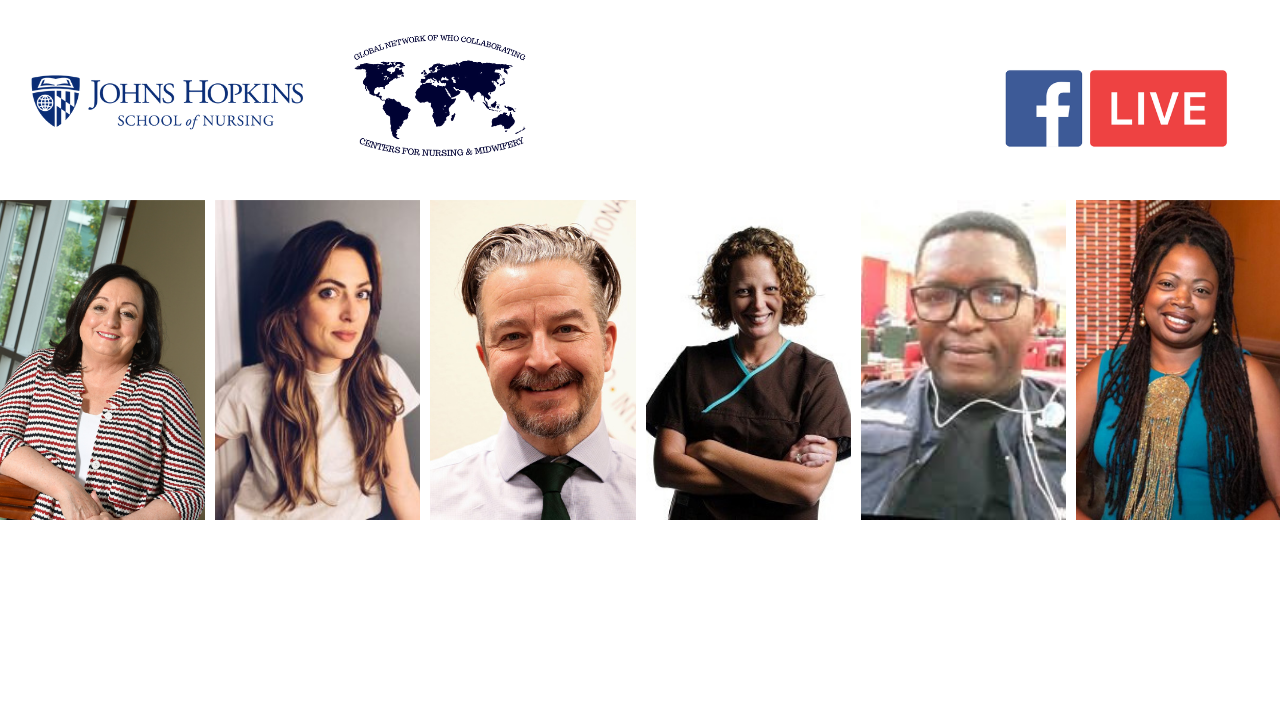 On The Pulse: The Impact of COVID-19 on Nursing
On The Pulse: The Impact of COVID-19 on Nursing







